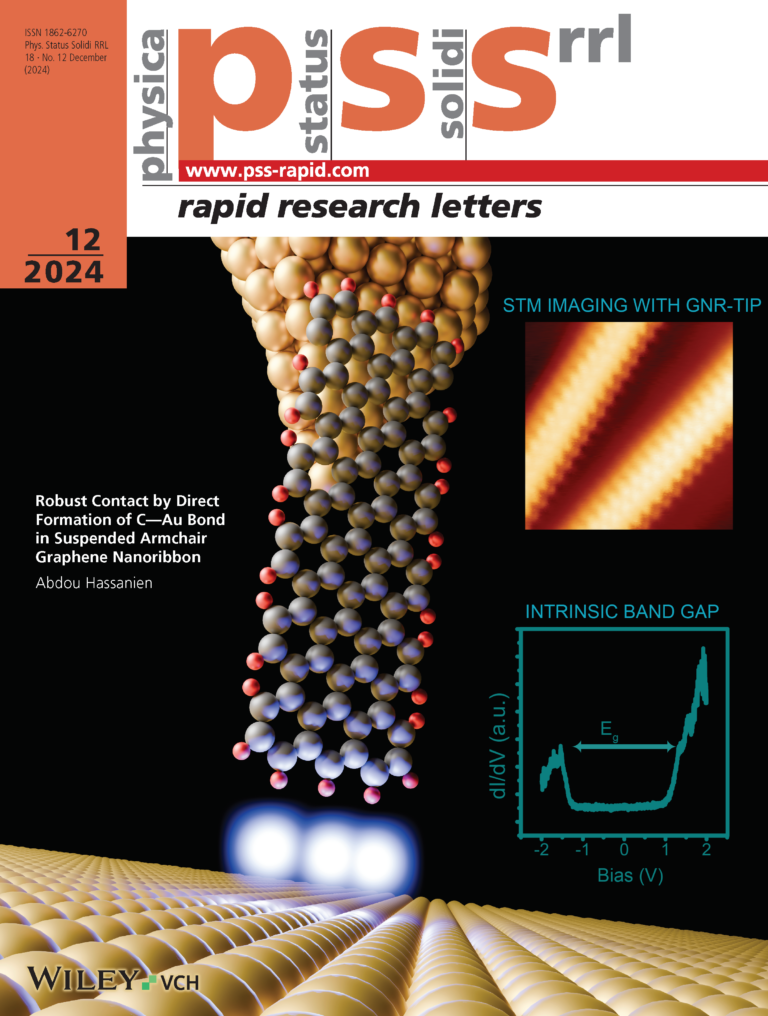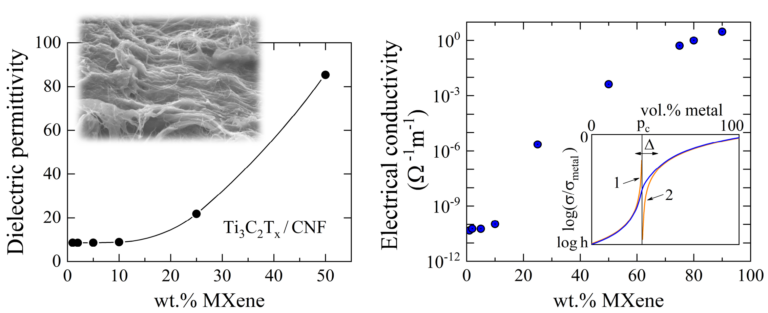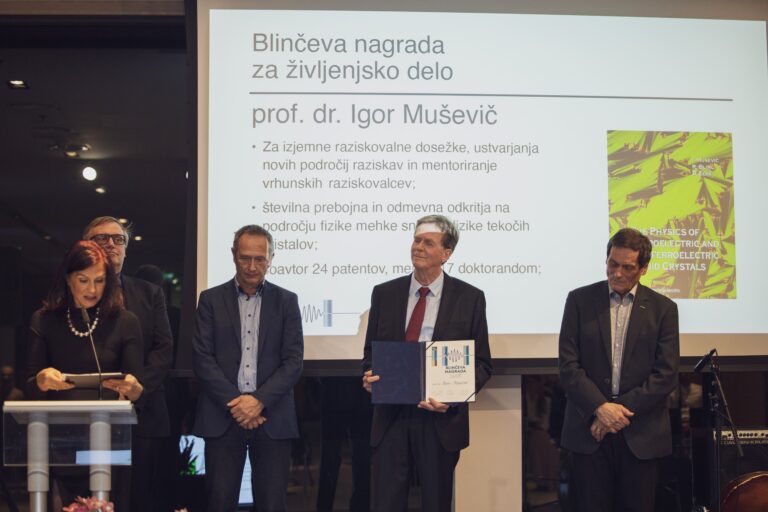News

Delocalized spin states at zigzag termini of armchair graphene nanoribbon
Using scanning tunneling microscopy and spectroscopy we demonstrate a revival of magnetism in 7-armchair nanoribbon by unpassivated atoms at the termini. Namely, a pair of intense Kondo resonances emerges at the peripheries of zigzag terminus revealing the many-body screening effects of local magnetic moments. Although Kondo resonance originates from a missing local orbital, it extends to a distance of 2.5 nm along the edge of the ribbon. The results are complemented by density functional theory calculations which suggest a possible coupling between Kondo states despite screening effects of substrate electrons. These findings indicate a possibility to restore intrinsic magnetic ordering in graphene nanoribbon without major structural modifications

Curvature induced layer dilation in thin smectic films
Smectic A (SmA) liquid crystals can be viewed as model systems for lamellar structures. They bridge the study of broken orientational symmetry, the statistical mechanics of membranes, and the long-range periodic order in crystals. Among others, they provide an arena to systematically study the effects of nonlinear elasticity. We demonstrated that a nonlinear energy description is required which is not captured in the classical Landau-de Gennes-Ginsburg model in order to explain the observed layer spacing of highly curved SmA layers. Using X-ray diffraction, we quantitatively determined the dilation of bent layers distorted by antagonistic anchoring. We showed that combined X-ray measurements and theoretical modeling allow for the quantitative determination of the number of curved smectic layers and their thickness in dilated regions.

Robust Contact by Direct Formation of CAu Bond in Suspended Armchair Graphene Nanoribbon
To visualize the intrinsic band structure of armchair graphene nanoribbon and verify theories, the terminus is covalently bonded to Au-coated tip. Tunneling spectroscopies with these suspended nanoribbons exhibit symmetric onsets of conduction and valence bands around zero bias. From these results, a value of 2.78 eV for the band gap is determined which agrees very well with theoretical calculations.
Interestingly, the formation of C—Au bond suppresses Schottky contact resistance which is one of the essential prerequisites for future nanoribbon electronics.
DOI: https://onlinelibrary.wiley.com/doi/10.1002/pssr.202470030

Flexible and eco-friendly titanium carbide MXene/cellulose nanofibrils composite films with enhanced dielectric response
We developed flexible and eco-friendly composite films, prepared by vacuum filtration or solvent casting method from the native or carboxylated cellulose nanofibrils and high electrically and thermally conductive 2D titanium carbide (Ti3C2Tx) MXenes. The electrostatic repulsion and hydrogen bonding between the hydrophilic surface/terminal groups on cellulose and MXene was shown to render their self-assembly distribution and organization into morphologically differently structured films with, consequently, different functional properties. A strong enhancement (for an order of magnitude) of the dielectric permittivity on increasing MXene content demonstrates the potential of developed material for applications in flexible dielectric and piezoelectric devices.

Prof. Igor Muševič received the Blinc Lifetime Award
This year’s recipient of the highest award in the field of physics, the Blinc Lifetime Award, is our colleague, prof. Igor Muševič. Igor is the head of the liquid crystal physics laboratory, and he also very successfully led our department for 16 years. He won the award for outstanding research achievements in the field of liquid crystal physics, creating new areas of research and mentoring top researchers. Igor is the author of many breakthrough discoveries published in the most prestigious journals, the author of two high-profile monographs, the PI of many projects, including the ongoing ERC project LOGOS, and an excellent and respected lecturer at international conferences and at the University of Ljubljana. Congratulations!
